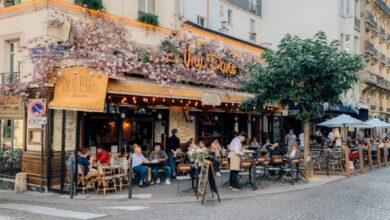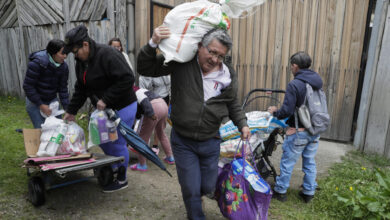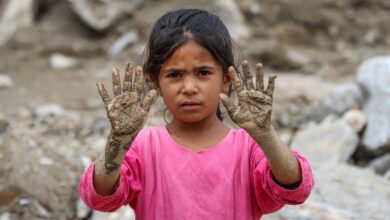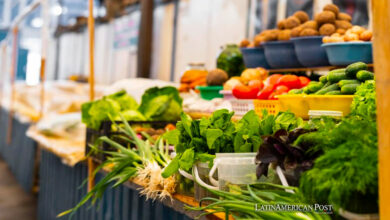How Guyana Quietly Became the World’s Only Self-Sufficient Food Nation
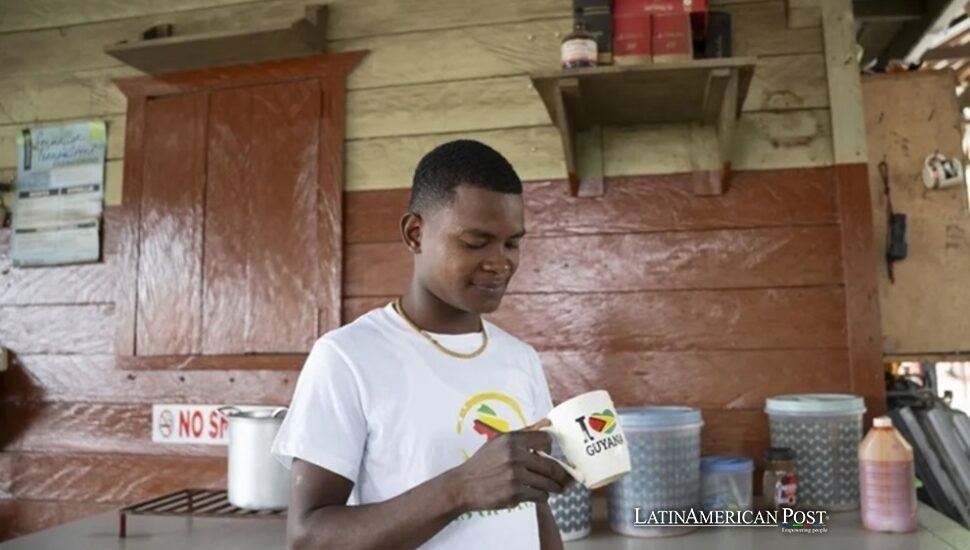
A new global food security study reveals a surprising champion: Guyana. With fewer than a million people, this South American country is the world’s only nation capable of entirely feeding itself from its land and rivers. Here’s how.
The Lone All-Rounder in a Hungry World
In an era defined by food insecurity, shipping disruptions, and climate extremes, a small country on South America’s northern edge is doing something no other nation has managed: feeding itself entirely from its soil and rivers. According to a recent peer-reviewed study published in Nature Food, Guyana—a nation of fewer than 800,000 people—tops the world in self-sufficiency across all essential food groups.
Researchers led by Jonas Stehl of the University of Göttingen analyzed 186 nations, comparing national food production against nutritional benchmarks known as the Livewell Plate, designed by the World Wide Fund for Nature (WWF) to meet both health needs and environmental limits. Their findings? Most countries overproduce meat and dairy but fall short on legumes, whole grains, or fish. Only Guyana met domestic demand for all seven food pillars: fruits, vegetables, dairy, fish, meat, staple starches, and plant-based proteins.
The country’s quiet success isn’t an accident. Since the 1960s, Guyana has transformed its coastal wetlands into rice paddies and sugar plantations, utilizing Dutch-style dikes and canals. Inland, smallholder farmers practice resilient intercropping—planting cassava alongside red beans to nourish both the soil and their household tables. Along the coast, nutrient-rich fisheries in the Guyana Current provide a local source of protein. Altogether, this layered system delivers diversity, nutrition, and redundancy across landscapes as varied as savannas, swamps, and rainforests.
From Breadbasket to Oil Boom: A Delta of Risk
Guyana’s food miracle comes just as its economy is being redefined by oil. Since 2015, ExxonMobil-led discoveries off the coast have made Guyana the fastest-growing economy in the world. Per capita GDP is projected to eclipse Japan’s by the early 2030s. That boom, however, raises serious questions about sustainability.
Development economists at the University of Sussex warn of a looming “Dutch disease,” where petrodollars distort labor markets, draw workers away from agriculture, and make food imports cheaper than local crops, at least on paper. The fear is real: Venezuela’s agricultural collapse, following its oil glut, serves as a cautionary tale.
Climate change adds more urgency. Sea-level rise poses a threat to the dikes that protect Guyana’s reclaimed farmland. Erratic rainfall—driven by El Niño cycles—has already prompted the government to distribute drought-resistant rice developed in partnership with the International Rice Research Institute. Without adaptation, the very strengths that made Guyana self-reliant could become liabilities.
Still, the contrast with Europe is telling. In Mediterranean nations like Greece and Spain, once-productive farmlands are being scorched by record wildfires. These countries import large portions of their animal feed from global markets—feed made less reliable and more expensive by shocks like Russia’s invasion of Ukraine. Even France, long celebrated for its agriculture, falls short in vegetables and pulses, according to the Nature Food study.
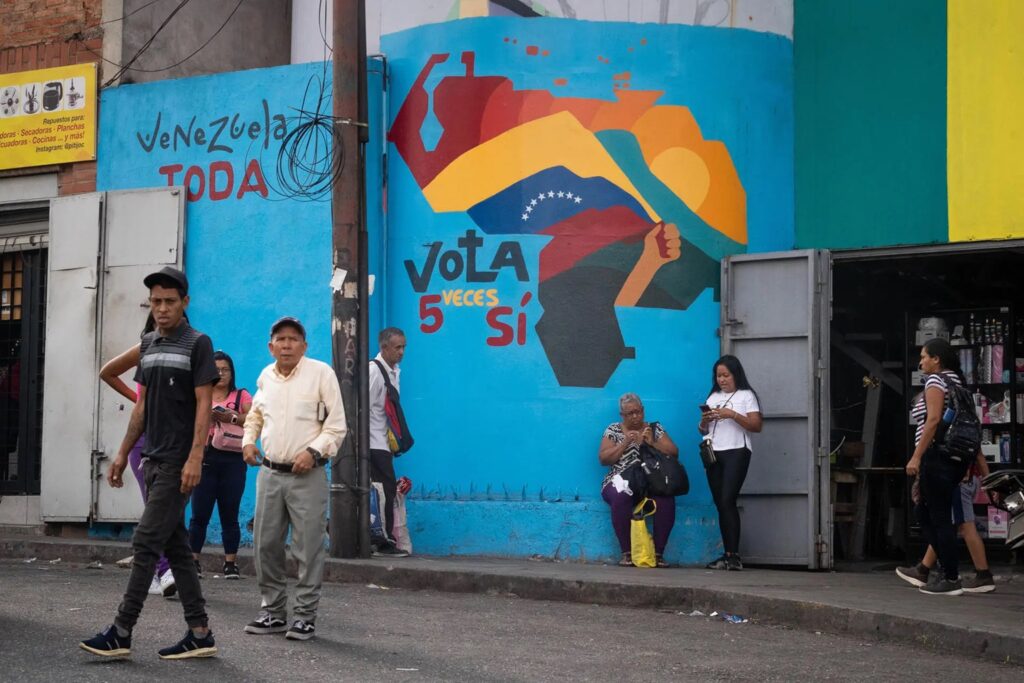
EFE@Rayner Peña R
When Imports Make Sense—And When They Backfire
Economists often defend global food trade as a means to optimize resource allocation. They argue that it doesn’t make sense for desert countries to grow wheat. But trade also introduces fragility. In 2007–08, a spike in commodity prices led major rice exporters, such as Vietnam, to impose bans, causing panic across West Africa. In 2023, India’s export restrictions on non-basmati rice triggered similar ripple effects.
According to Columbia University’s Dr. Jessica Fanzo, nations that rely heavily on imports—and produce only two or three major food groups—are particularly vulnerable to disruptions. Her research indicates that in certain parts of the Sahel, children consumed 20% fewer nutrient-rich foods following the global fertilizer shortage of 2022. In contrast, Guyana’s food exports don’t jeopardize domestic needs. It ships sugar and rice but keeps enough for its population. That kind of resilience is rare.
Just look at the Caribbean. Trinidad & Tobago imports more than 80% of its calories. When pandemic-era shipping routes collapsed, it had to charter emergency grain deliveries. Jamaica’s hotels serve lettuce flown in from California. In response, the Caribbean Food and Nutrition Institute now urges governments to replicate Guyana’s model: invest in smallholder staples, not just luxury exports.
Lessons for the Global North—and the Future
So what can larger, wealthier nations learn?
Plenty. According to a modeling study by the University of Leeds, for the UK to meet the Livewell Plate’s nutritional targets from domestic agriculture, it would need to quadruple its pulse acreage and reduce dairy herds by a third. Politically, that’s tough. But environmentally and nutritionally, it would reduce methane emissions and cut dependency on imported fertilizer.
In Germany—Stehl’s home country—the study revealed that only 35% of the vegetables recommended by national dietary guidelines are grown domestically. The vulnerability became clear when Ukrainian trucks stopped rolling and supermarket shelves emptied of fresh produce.
Meanwhile, Guyana’s government isn’t standing still. Agriculture Minister Zulfikar Mustapha recently unveiled a Climate-Smart Agriculture plan, focusing on solar-powered cold storage, cassava flour production, and the expansion of inland aquaculture. “Oil revenue must not drown food,” he told Nature. But keeping young agronomists from fleeing to higher-paying offshore jobs remains a challenge. In response, the University of Guyana now offers rural service stipends for students who commit to agricultural careers.
So far, the plan is holding. On the coast, markets still hum with the sounds of callaloo, bora beans, and fresh tilapia. In the interior, Amerindian villages continue to roast cassava bread over open fires. And in the capital, chefs proudly serve dishes entirely grown within the nation’s borders—something few countries on Earth can claim.
A Model in a Fragile World
As global supply chains strain under the weight of war, climate shocks, and political unrest, Guyana’s quiet food sovereignty looks more like a superpower than a curiosity.
The country’s unique combination of Dutch engineering, Indigenous foodways, biodiversity, and local know-how has created something scarce: full-spectrum food self-reliance.
Also Read: Bolivia’s Last-Ditch Currency Bet: When Spare Change Becomes Crypto Lifeline
Whether that legacy survives the tidal wave of oil wealth—and the changes that follow—will test not just Guyana’s agricultural systems, but the global conversation around food, resilience, and independence.
In a hungry world, Guyana isn’t just feeding itself; it’s also feeding others. It’s offering a blueprint for how to thrive.


